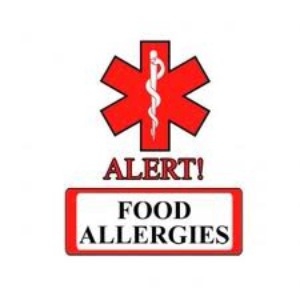Sick Child Guidelines
7 years ago
The Johnson School staff realize there are times when it is in the best interest of your child to keep him/her home from school due to illness. We must try to provide a healthy environment for all students and staff members in the school. Young children are notoriously good at spreading germs. Therefore, the goal of the sick child guidelines is to assist the parent/guardian with the decision to keep their child home from school due to illness or infection.
Students should not attend school if:
· The student has a temperature. The student may return to school after having a normal temperature for at least 24 hours while not taking any fever reducing medications (ex. Tylenol or Motrin).
· Antibiotics are prescribed. The student may return to school after taking the antibiotics for a minimum of 24 hours and without a temperature over 100 degrees F for at least 24 hours without taking any fever reducing medications.
· They seem tired/lethargic, pale, with little appetite, and generally "not him/herself”.
· The student is vomiting. The student may return to school approximately 24 hours after symptoms resolve, and is able to tolerate a normal diet.
· The student has diarrhea. The student may return to school approximately 24 hours after symptoms resolve, and is able to tolerate a normal diet.
· The student is diagnosed with a communicable disease or illness. * (ex: Influenza, Pneumonia, Strep Throat, Conjunctivitis, Pertussis, head lice, Chicken pox (Varicella), impetigo, scabies). Please contact your school nurse before sending your child back to school.
· The student has an undiagnosed rash. A rash may be indicative of many things, frequently of illnesses that are contagious. Therefore, a student will be excluded from school until a physician evaluates and determines the nature and contagiousness of the rash. A note is required from the physician upon return to school.
· The student has severe cold symptoms, upper respiratory infection, a persistent cough, a runny nose that they cannot manage by themselves &/or contain with tissues, or other symptoms that would interfere with effective school participation. **
*A note from your physician may be required for your child to return to school if diagnosed with a contagious illness or hospitalized due to an illness. (ex. influenza, pneumonia) Please check with the school nurse prior to returning to school if you have any questions.
**Your child’s physician can help you determine if your child is able to return to school, however it is important to make sure they are truly feeling better and able to make it through 6+ hours of the school day. If they still seem tired, pale, with little appetite, not tolerating solid foods, and generally "not him/herself", PLEASE do not send them to school. With viral illnesses it may take longer before your child is well enough to return to school.











